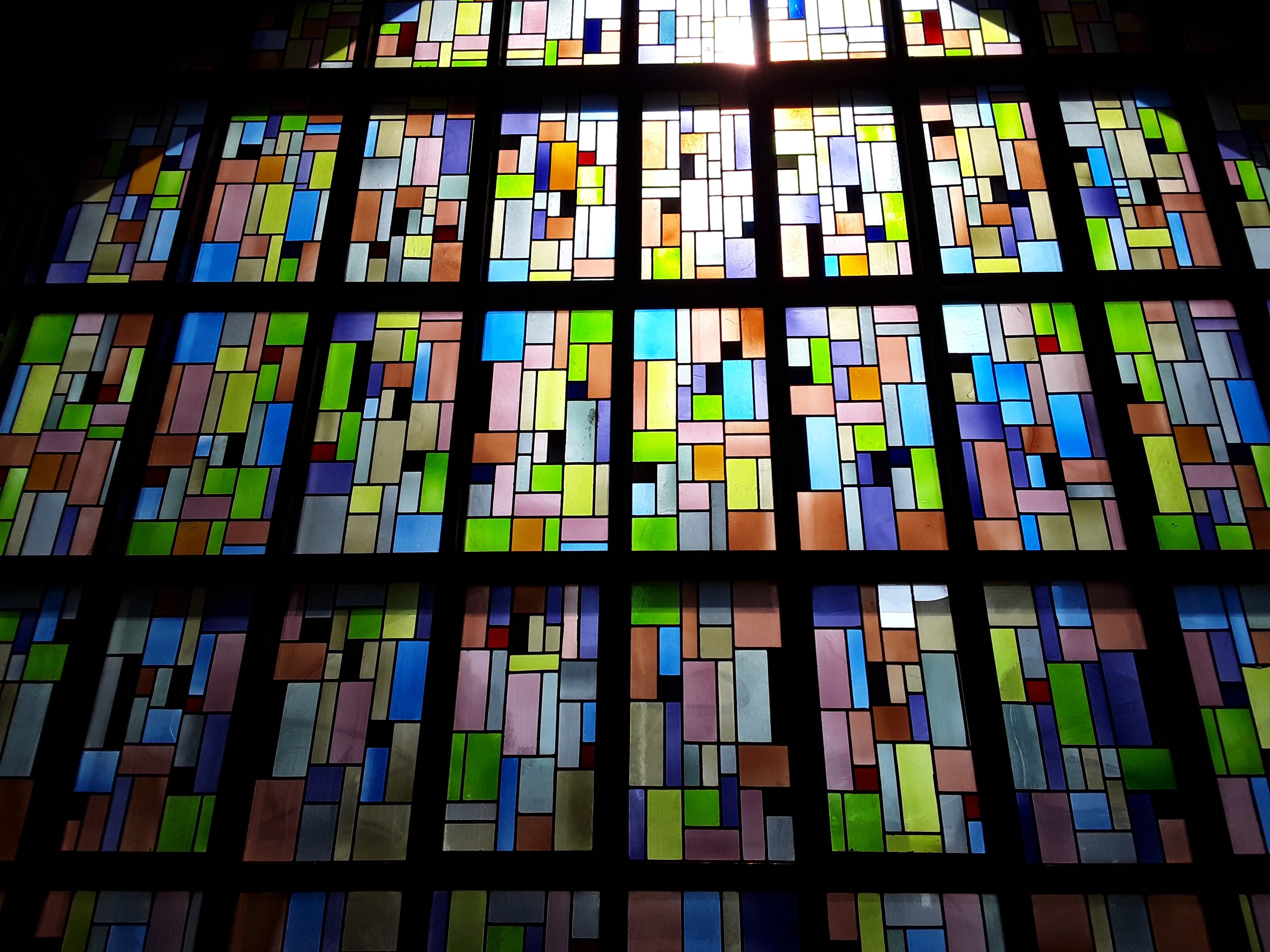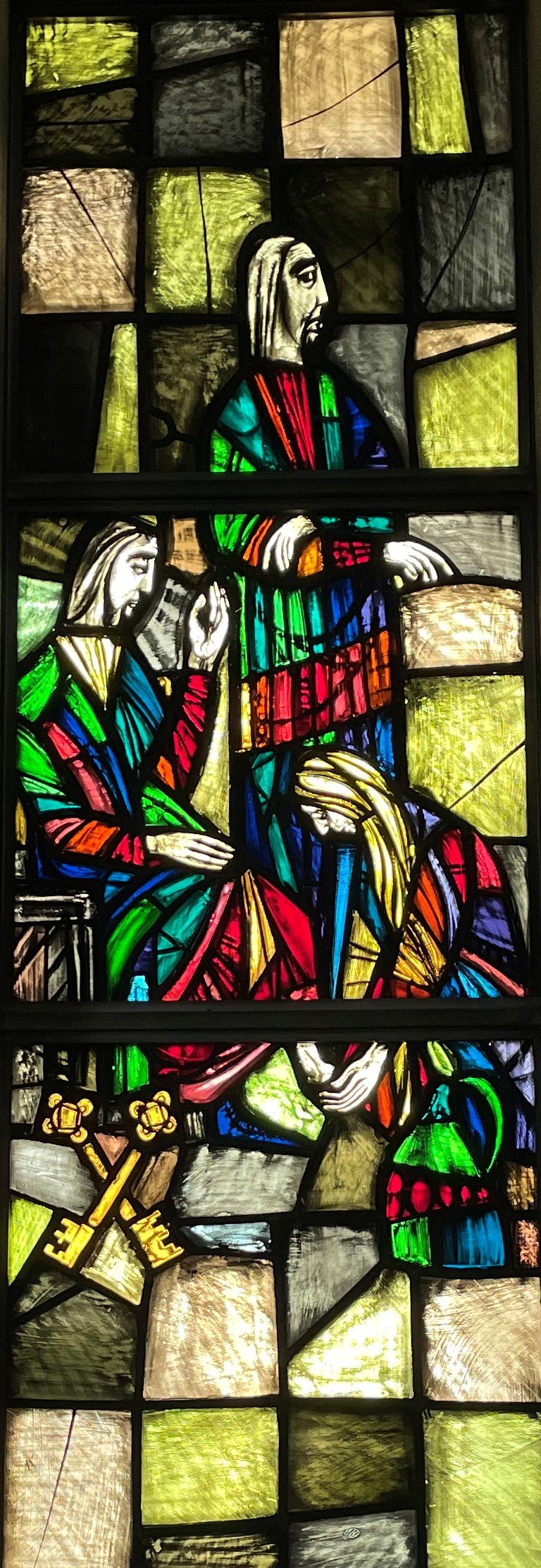- Home
- Our Community
- Our Faith
- Sacraments
- Parish Life
- Bulletin
- Contact Us
- Search

Reconciliation (Confession)

Reconciliation (Confession)
By this beautiful Sacrament God gives all sinful members of His Church, "a direct, human, and personal encounter with the mercy of God" as found in the Gospel. [1] (CCC: 1446) In this encounter "God, the Father of mercies" pardons His faithful for post-baptism sins that they confessed to the bishop or his priests. (CCC: 1448-1449). In the liturgical actions of this sacrament, especially in the formula of absolution, Jesus Christ reaches out to us in the depth of our soul and mind to lift us to our feet, and restores us to be more perfectly what we are: His saints, the reconciled children of God. He does so "to set us free from the hands of our enemies, free to worship Him without fear, holy and righteous in His sight all the days of our life" (Luke 1.73).[2]
[1] Thomas Cardinal Collins, Cornerstones of Faith. Reconciliation, Eucharist and Stewardship (Toronto, Canada: Novalis, 2013), p. 14.
[2] Cf. the Canticle of Zechariah, adopted by the Liturgy of the Hours.
The essential elements of the sacrament of Reconciliation are two: the acts of the penitent who comes to repentance through the action of the Holy Spirit, and the absolution of the priest who in the name of Christ grants forgiveness and determines the ways of making satisfaction. Click here for Frequently Asked Questions about the Sacrament of Reconciliation. Here is a Guide for Examination of Conscience.
Please visit our home page for the Confession schedule.
